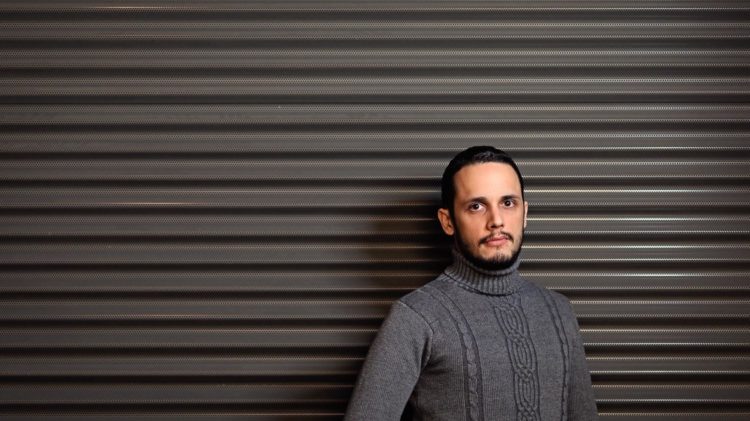
Our 6G researcher Onel López has won an award for the best dissertation of the year in Finland
TEK, the largest organisation for academic engineers and architects in Finland, has awarded the doctoral thesis of the year to Onel Luis Alcaraz López. His thesis is titled “Resource allocation for machine-type communication: from Massive connectivity to ultra-reliable low-latency.” López conducted his research at the Faculty of Information and Electrical Engineering of the University of Oulu. The supervisors of his work were Professor Matti Latva-aho and Assistant Professor Hirley Alves.
The TEK dissertation award is presented annually to recognise a high-quality dissertation of international standards that promotes know-how in Finland’s technology field. The award criteria state that the work’s topic is significant. In addition, it presents many new ideas. TEK and TFiF’s Awards Committee saw in it a business opportunity. They also drew attention to the fact that the author has many merits and has, exceptionally, received a professorship immediately after his dissertation. The prize is worth 7,500 euros.
Onel López addresses real IoT challenges in his award-winning doctorate thesis. How will we provide connectivity reliably and with ultra-low-latency in the new and challenging IoT scenarios? How will we deal with the massive number of low-power devices characteristic of IoT?
López led a group of scientists who evaluated and developed resource allocation strategies for challenging IoT connectivity networks.
“One of the most exciting things we addressed was the massive wireless power need of IoT devices,” López says and continues. “Think about a factory scenario where you have thousands of devices; sensors, actuators, and robots; it’s a challenge to power them. Traditionally, we’ve been using wire charging and batteries, but in factories, connectivity will be more intense. So, the traditional way is likely not to be sustainable in the future. One of the most appealing strategies is a wireless charging solution. We developed several strategies that the energy transmitters can use to power all the devices in the vicinity.”
Onel López, in your solution, how are battery-constrained devices powered wirelessly?
“Basically, there are two possible scenarios: 1) non-dedicated WET, where there is no dedicated energy transmitter, and the IoT devices harvest energy from readily available RF signals, such as the ones coming from TV, WiFi, or cellular transmissions; and 2) dedicated WET, where dedicated power transmitters, named power beacons (PBs), are deployed to power specific IoT deployments. The latter is mandatory for realizing efficient IoT deployments with QoS requirements. In general, we look at such dedicated WET architectures and investigate ways to provide efficient energy supply and/or the best way for the devices to utilize such harvested energy for reliable information transmission and always-alive functionality.” López explains.